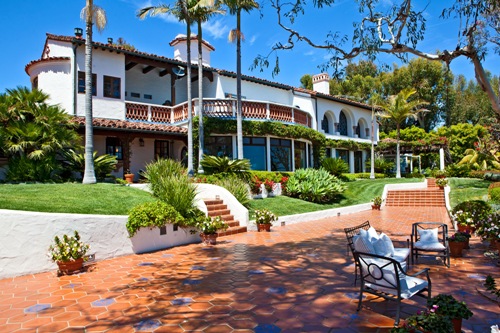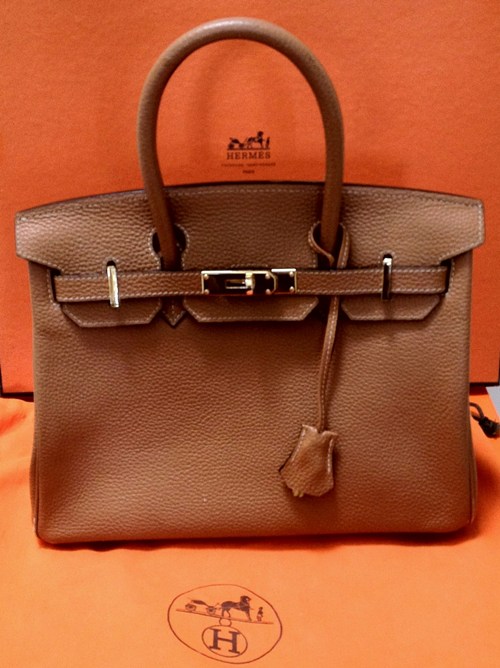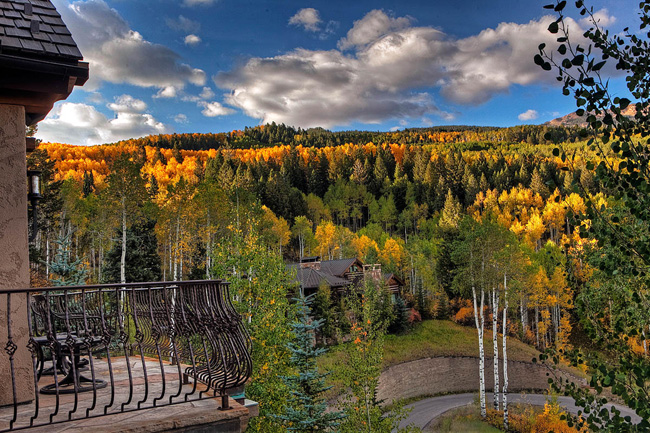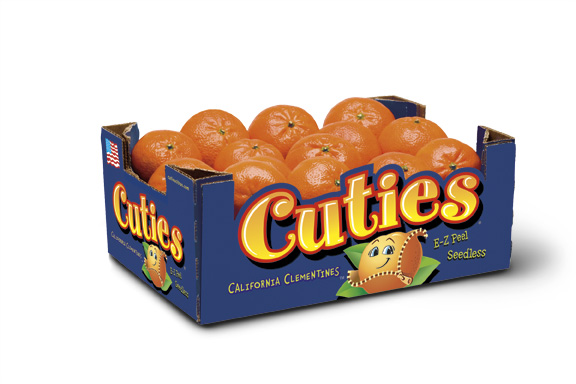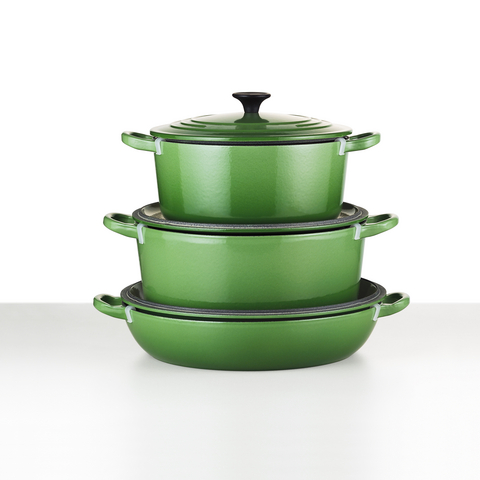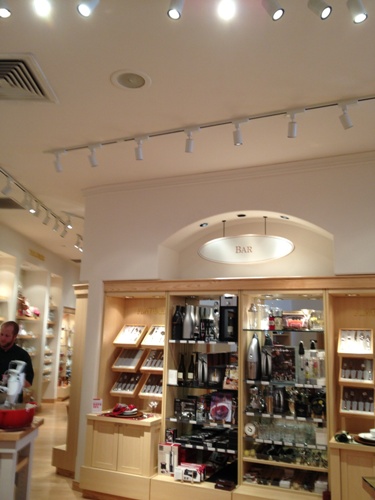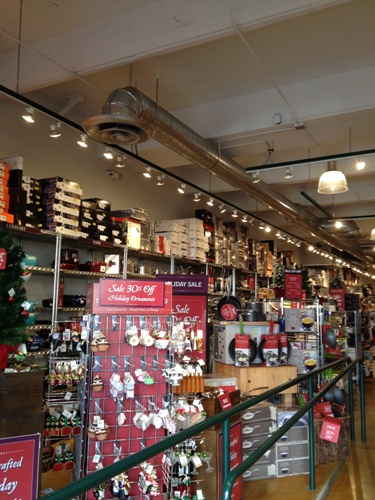
A brand is the highly focused, abbreviated communication that conveys the essence of what makes you or your company different from and better than your closest competition. It is the distillation of your extraordinary promise of value expressed graphically and in the fewest words possible so that your target market can quickly grasp that you are a match for them. People like to do business with people like themselves, people they feel they can trust. Therefore, a successful brand accelerates the speed of trust and empowers potential referral sources to easily spread the word about YOU.
In our Language of Luxury blog we often offer examples of non-real estate related products and services that clearly illustrate these branding principles. And, we often are asked how this applies to luxury real estate personal and company branding. The fact that this is not obvious is what prompted this post. The principles of excellent branding and brand strategy are the same for all products and services. And, the role of the brand strategist is to make the non-obvious, obvious.
A strong brand makes what is implicit about you or your company, explicit, and does so with an economy of imagery and words. A great brand is like a flawlessly cut diamond that allows the maximum refraction of light. All of the individual facets of a great brand work together to communicate a singular message that creates demand and compels action to buy products or engage service professionals.
The role of a brand strategist is similar to a diamond cutter who knows exactly how to take a diamond in the rough and bring out its utmost brilliance, which is not obvious to the untrained eye. What is truly unique and valuable about you or your company may not even be obvious to YOU. It is often the case that the precise definition of your ideal client is also not obvious to you. These factors must be discovered and articulated first. Only then can you develop a successful brand strategy.
Our case study of Cuties, a brand of California Clementine oranges, illustrates what can happen, from a strategic standpoint, once you fully articulate your unique promise of value and sharply define your target market. They were able to exponentially expand their target market by accentuating and amplifying their distinguishing value proposition. Cuties now targets BOTH parents and kids as their ideal customers because their fruit is not just sweet and seedless like naval oranges, for example. Cuties are small which means they are easier to handle for kids. And, they are easier to peel for small children than other oranges.
Expanding the target market to include kids as a brand strategy was the non-obvious made obvious. The unique combination of Cuties' features lent itself to a flawless brand strategy that cannot readily be imitated, a strategy that is also expressed in the brand's kid-friendly personality.Cuties now "owns" the brand position and the very concept of "kid-friendly orange", a whole new, uncontested sub-category of oranges that they identified, claimed and now dominate.
The ultimate triumph of a brand strategist is to enable a brand to "own" a single word or brief phrase, in the minds of their target market, within a given product or service category. To illustruate this point, Volvo owns the word "safety", FedEx owns "overnight" and Xerox owns "paper copies".
There is a tremendous amount of focus that goes into crafting a strong brand and also into developing a powerful brand strategy. But, it is an exercise in futility if the aim of branding is not fully understood. The purpose of brand strategy is to achieve top-of-mind status and secure the lion’s share of the business. Brand strategy ONLY applies to what we call the “unabashed pursuit of market leadership”. If you are not interested in being #1 or #2 in your marketplace or a niche therein the purpose of brand strategy simply will not be obvious to you.
Please understand this: Making a good living in marketing luxury real estate does not require being a market leader. But, gaining or sustaining market leadership, if that is your choice, requires expert brand strategy.
At Napa Consultants, International, we make gaining and sustaining market leadership through brand strategy accessible to small business owners and local service professionals. As brand strategists in the realm of marketing luxury real estate, we only work with incumbent market leader or their challengers in a given marketplace (or niche therein).
We seek a 360 degree perspective in the “discovery process” through which we ask dozens of questions to identify what is unique about our client. One of the first things we do is meet our clients, in person, in their marketplace. We ask them to take us on a tour of their world. We want to see the homes they represent, the homes they have sold, and the homes they are targeting to list. We want to understand their neighborhoods, the lifestyle, and meet people that live there. We ask them to treat us like someone who has come to buy real estate in their town.
We immerse ourselves in the marketplace, in the buyer’s/seller's point of view and also in the point of view of our client. Then, together, we analyze the competition, which often reveals what we call “an underserved or uncontested market niche”. We look for the vulnerabilities of the competition and determine how best to position our client as distinct. Finally, we develop a brand strategy that can either secure our client’s top-of-mind status, if they are the incumbent, or displace the current market leader, if they are the challenger.
Only when all of this is accomplished is the new brand identity crafted through graphic design and website design. Their brand strategy usually requires an expertly built and optimized website to execute their strategy which we also create for them.
Making the non-obvious, obvious to a clearly defined target market is our role as brand strategists in luxury real estate marketing and also the marketing of all other products and services. It takes precision to craft a strong personal or company brand. And, it takes an energetic entrepreneurial spirit to embark on the unabashed pursuit of market leadership.
WATCH VIDEOS-
Buzz-Worthy Luxury Real Estate Websites
Personal Branding Case Studies Company Branding Case Studies
About Language of Luxury
- JOIN THE LOL COMMUNTIY -
GET FLUENT. GET AFFLUENT!
Linked In, Facebook, Active Rain
Follow Us on Twitter: LuxuryMarketing


